Exposure in Photography
Exposure
Exposure refers to the light that reaches the camera’s sensor to create an image. It is controlled by three fundamental settings known as the Exposure Triangle: Aperture, Shutter Speed, and ISO.SHOW CONTENTS
Aperture
The aperture (f-stop) is the opening in the camera lens that controls how much light enters. A wider aperture (e.g., f/2.8) allows more light to pass through, brightening the image and creating a shallow depth of field, which results in a blurry background. In contrast, a smaller aperture (e.g., f/16) allows less light to enter, darkening the image and producing a greater depth of field, where both the foreground and background appear sharp and in focus.
SHOW CONTENTS
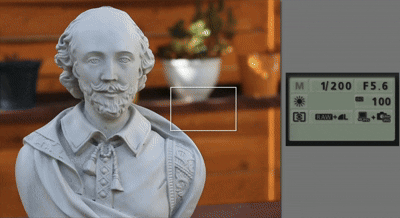 Depth of Field (DOF) is the zone of an image that appears sharp and in focus. It is the distance between the nearest and the fartest objects in a scene that are acceptably sharp in an image.
Depth of Field (DOF) is the zone of an image that appears sharp and in focus. It is the distance between the nearest and the fartest objects in a scene that are acceptably sharp in an image.
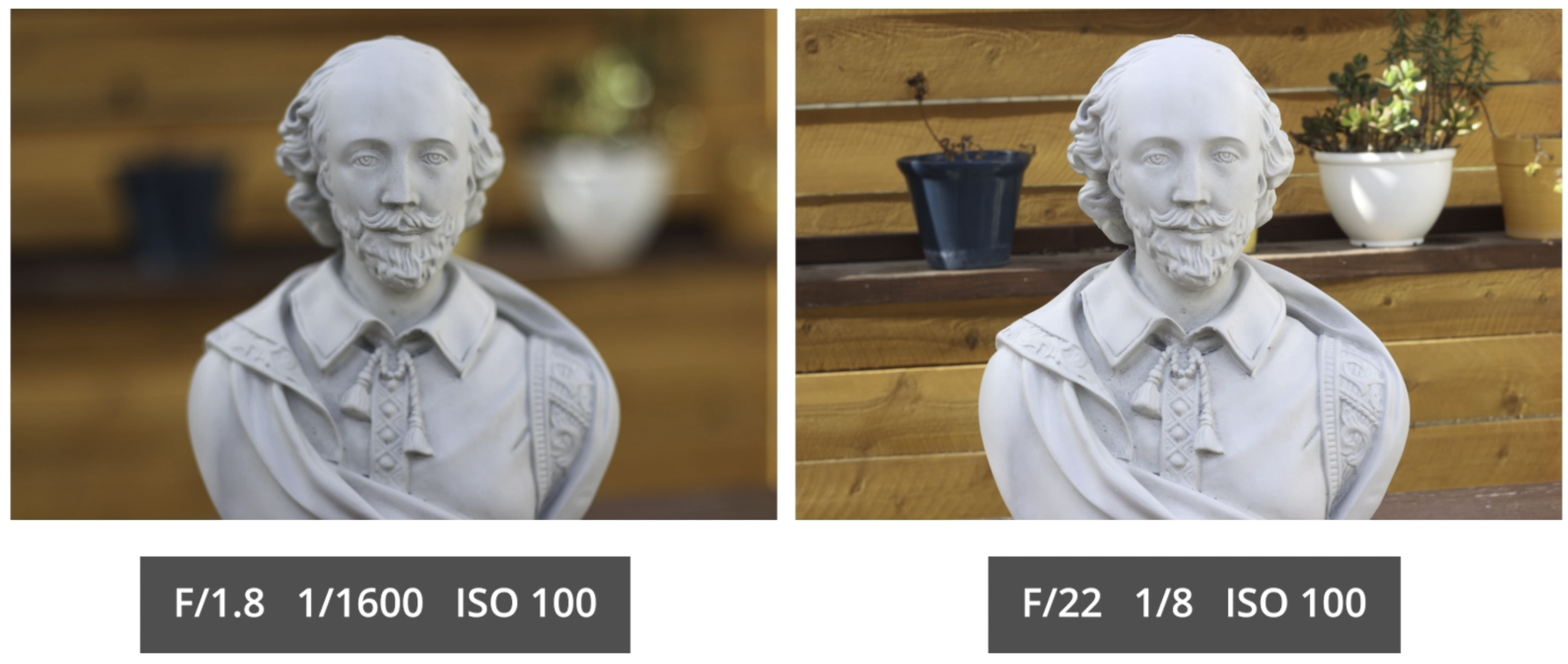
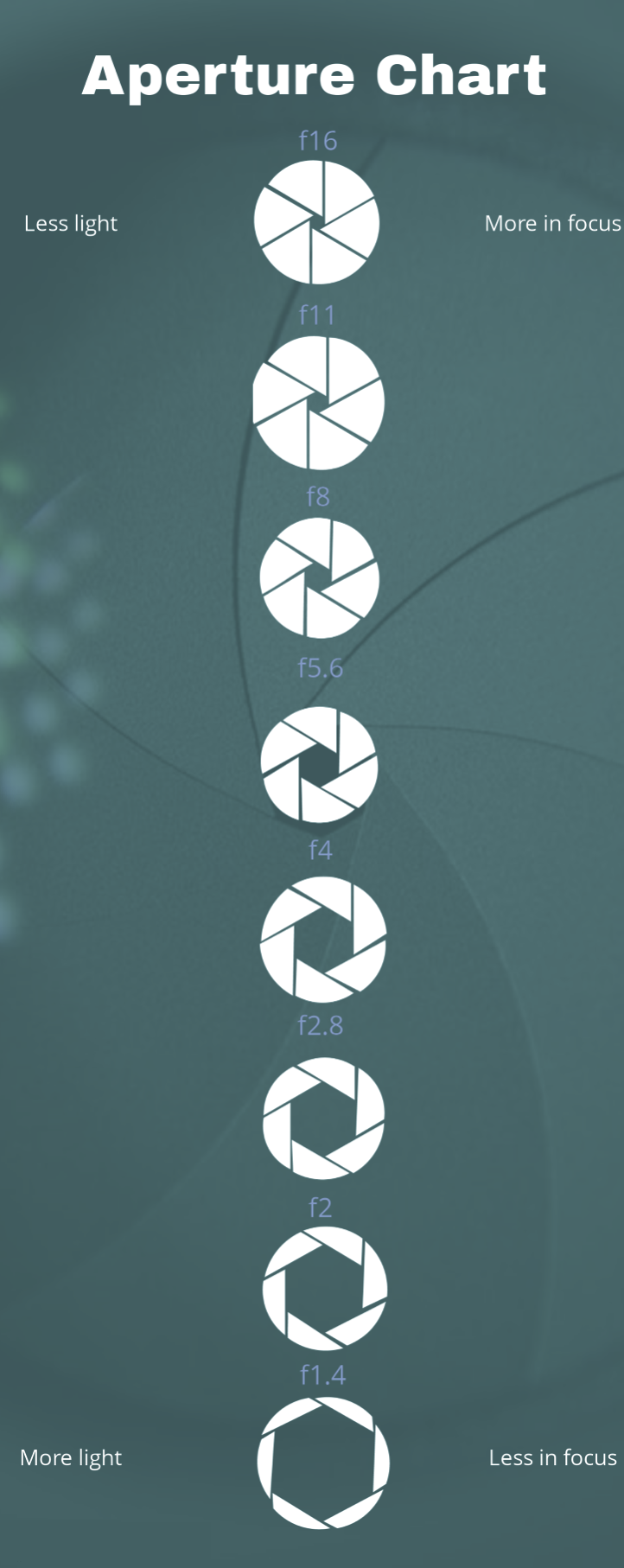
Shutter Speed
Shutter Speed determines how long the camera’s shutter stays open to allow light to hit the sensor. A slower shutter speed (e.g., 1/10 s) allows more light in, brighting the image and creating motion blur. In contrast, a faster shutter (e.g., 1/8000s) speed allows less light in, darkening the image and speeding freeze motion. Camera shake happens when hand movements while holding the camera cause the image to appear blurry. To reduce shake, use a shutter speed of at least 1/80 or 1/100. A tripod can also help stabilize the camera, particularly when using slower shutter speeds.SHOW CONTENTS
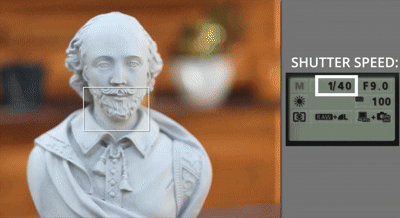
ISO
ISO measures the sensitivity of the camera’s sensor to light. A higher ISO (e.g., 1600) increses sensitivity, brighting the image but potentially introducing noise or grain. Conversely, a lower ISO (e.g., 100) reduces sensitivity, darkening the image while producing more cleaner and shaper images.
SHOW CONTENTS
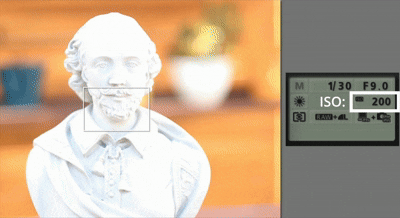
Composition in Photography
Composition refers to the arrangement of elements within a photograph. It involves placing subjects, backgrounds, and other visual elements in a way that creates balance, focus, and visual interest. Strong composition enhances the storytelling and aesthetic appeal of an image.SHOW CONTENTS
The Rule of Thirds
The Rule of Thirds divides the frame into a 3x3 grid—two vertical and two horizontal lines. Placing key subjects along these lines or at their intersections often creates a more balanced and interesting photo than centering everything. It guides the viewer’s eye naturally and adds tension or movement. SHOW CONTENTS
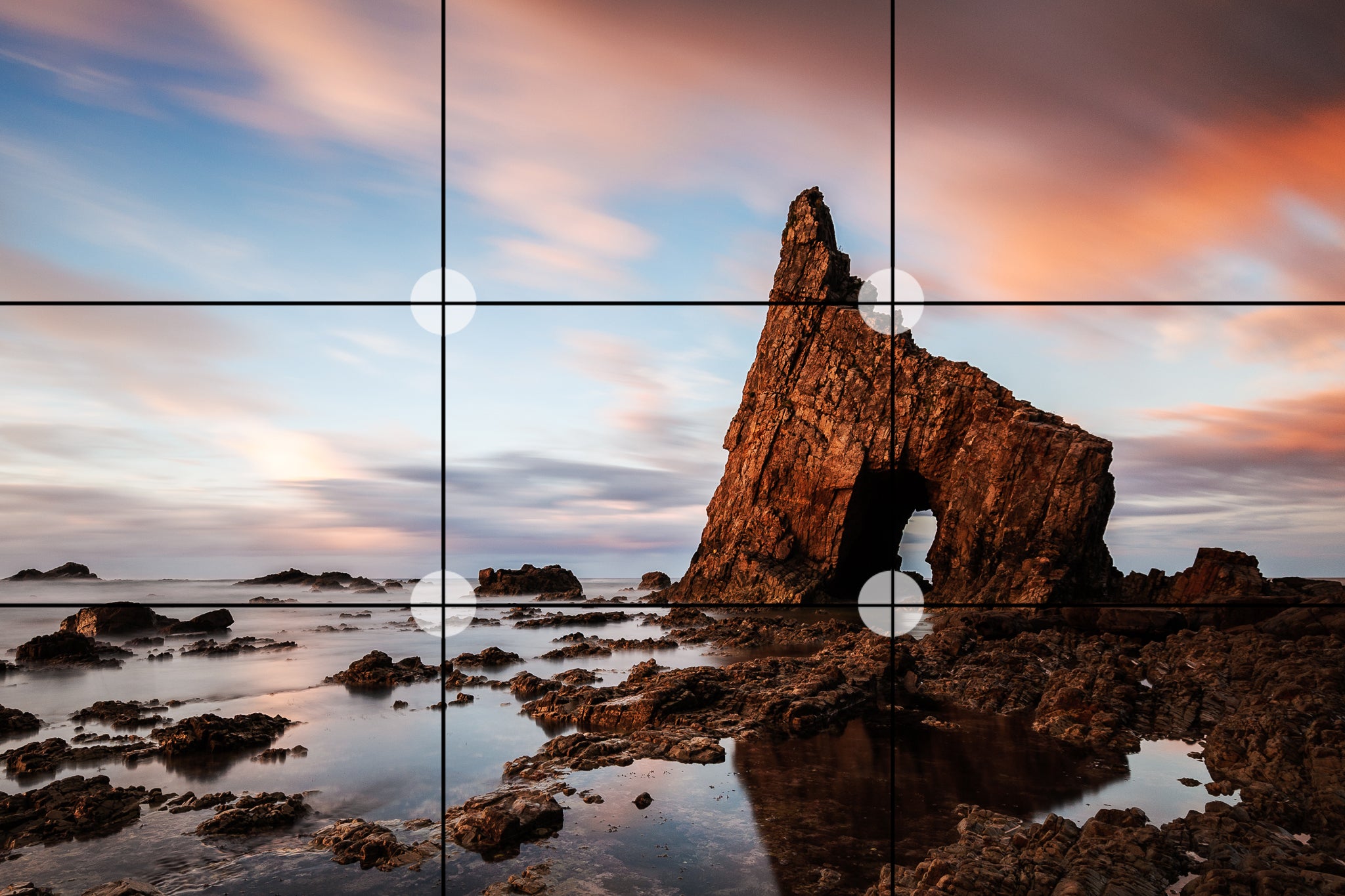
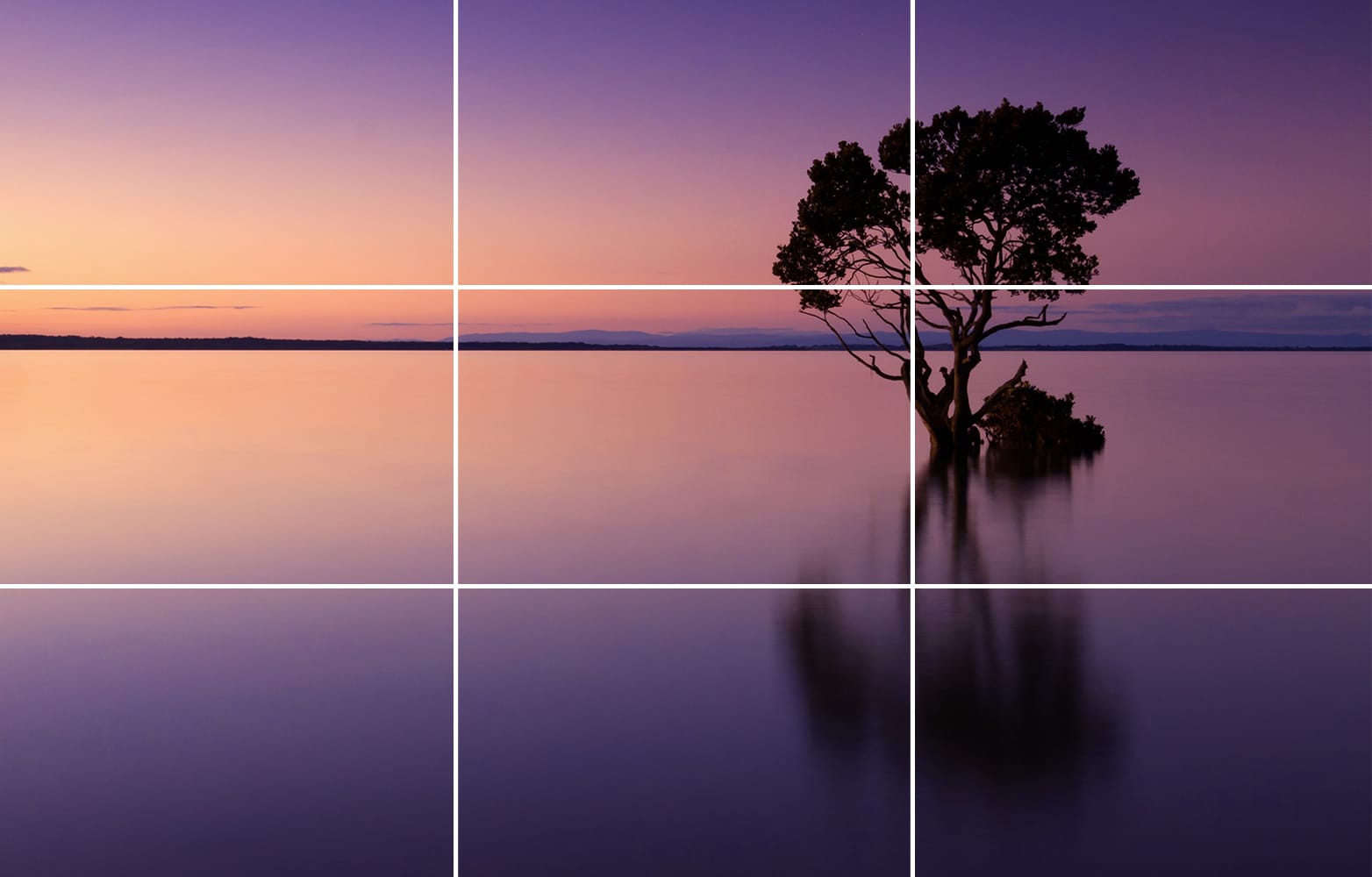
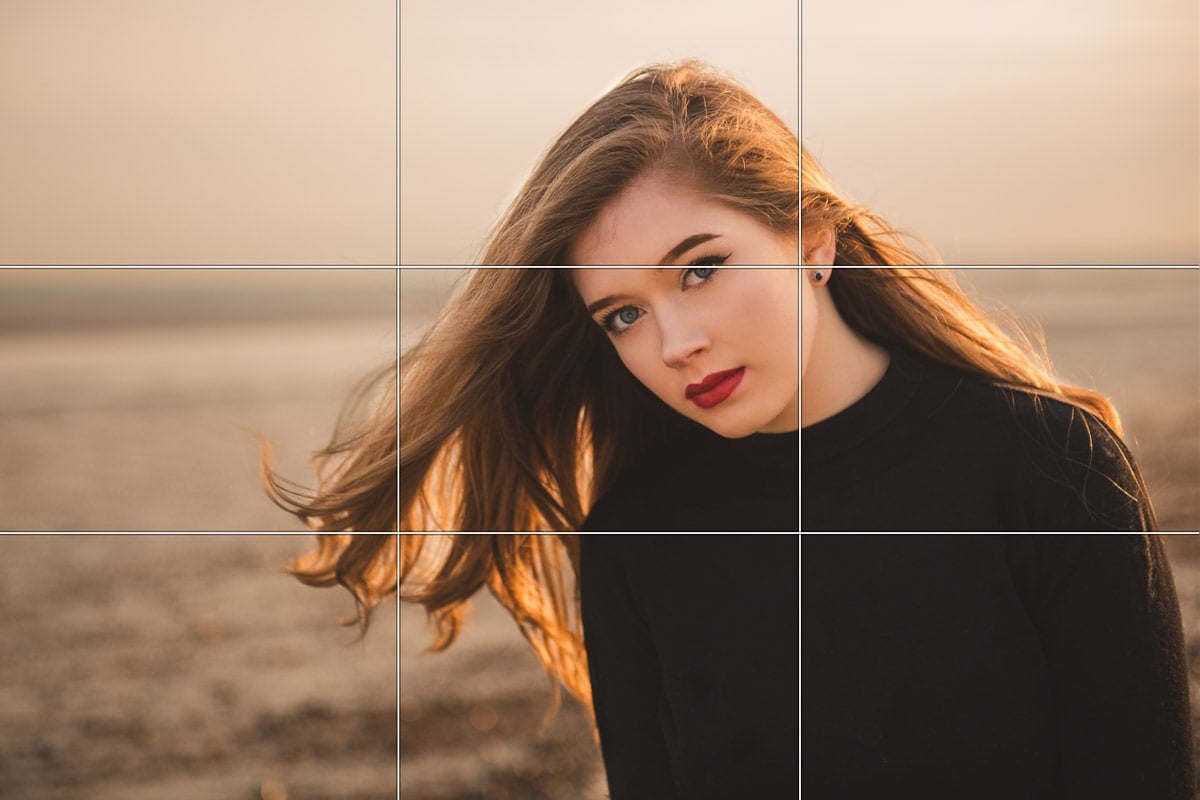
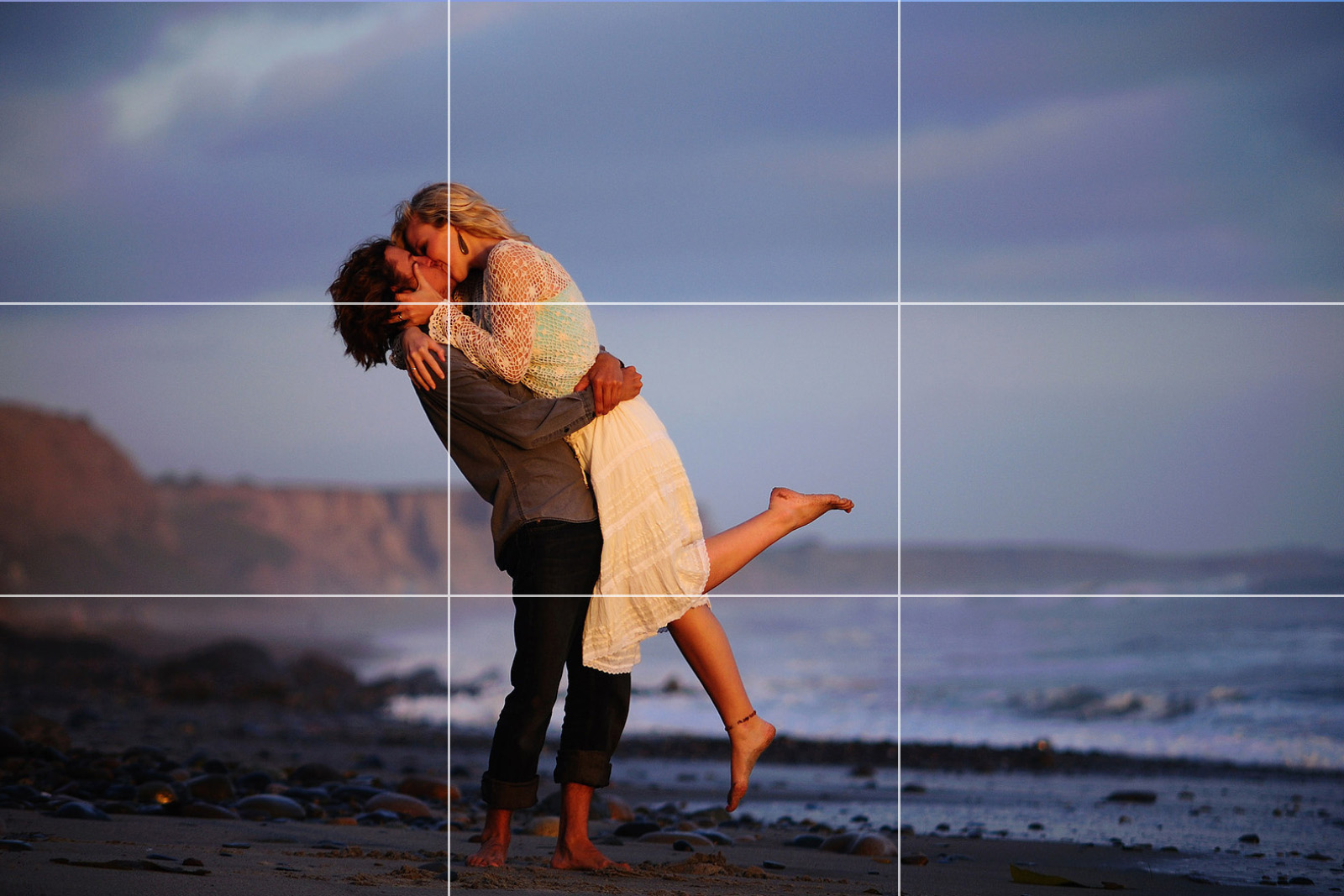
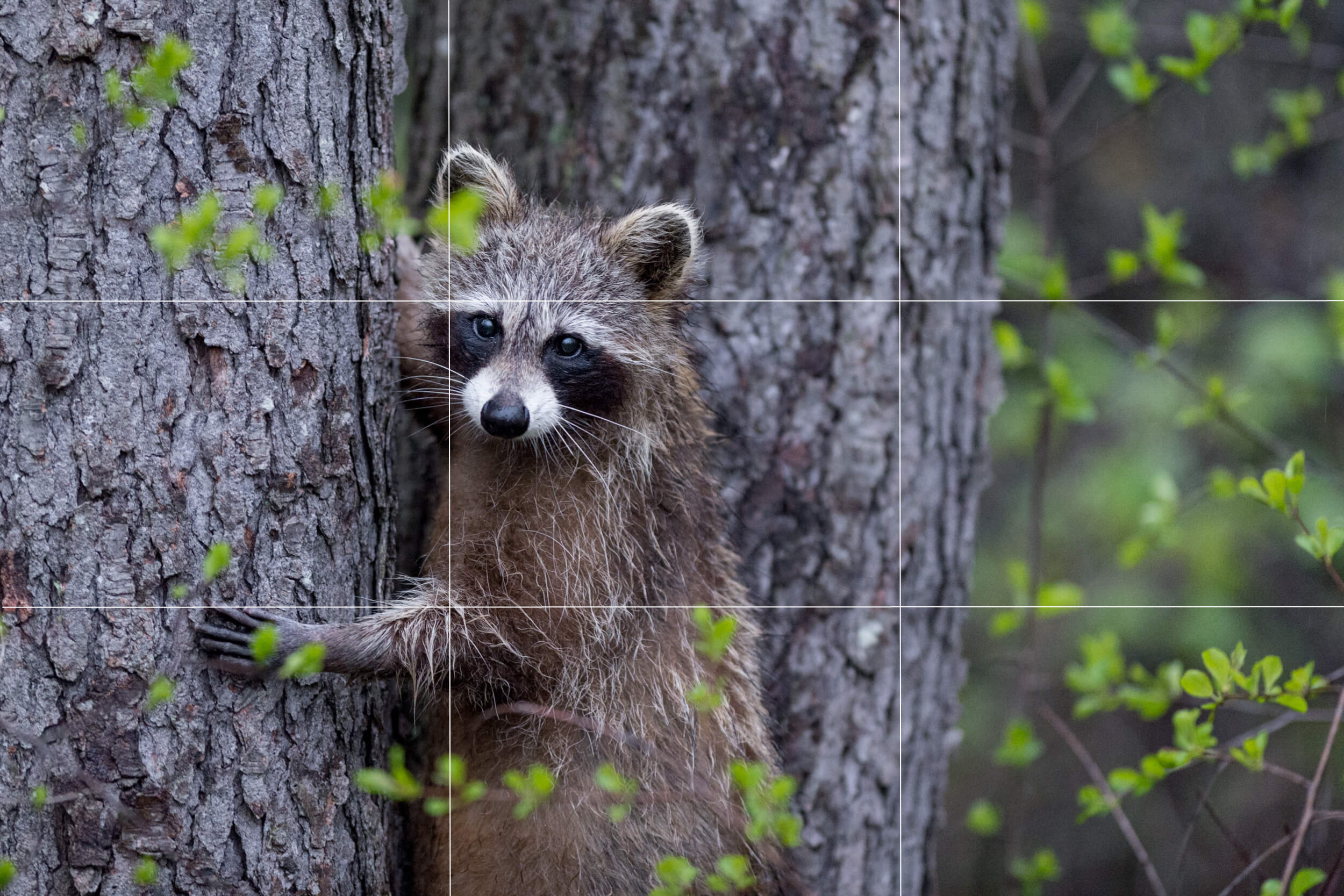
Golden Ratio
Golden Ratio: The golden ratio is a naturally pleasing proportion found in nature and art. In photography, it’s used to place subjects in a spiral (the Fibonacci spiral) or along lines that follow this ratio, creating a more dynamic and harmonious image than the rule of thirds in some cases. SHOW CONTENTS
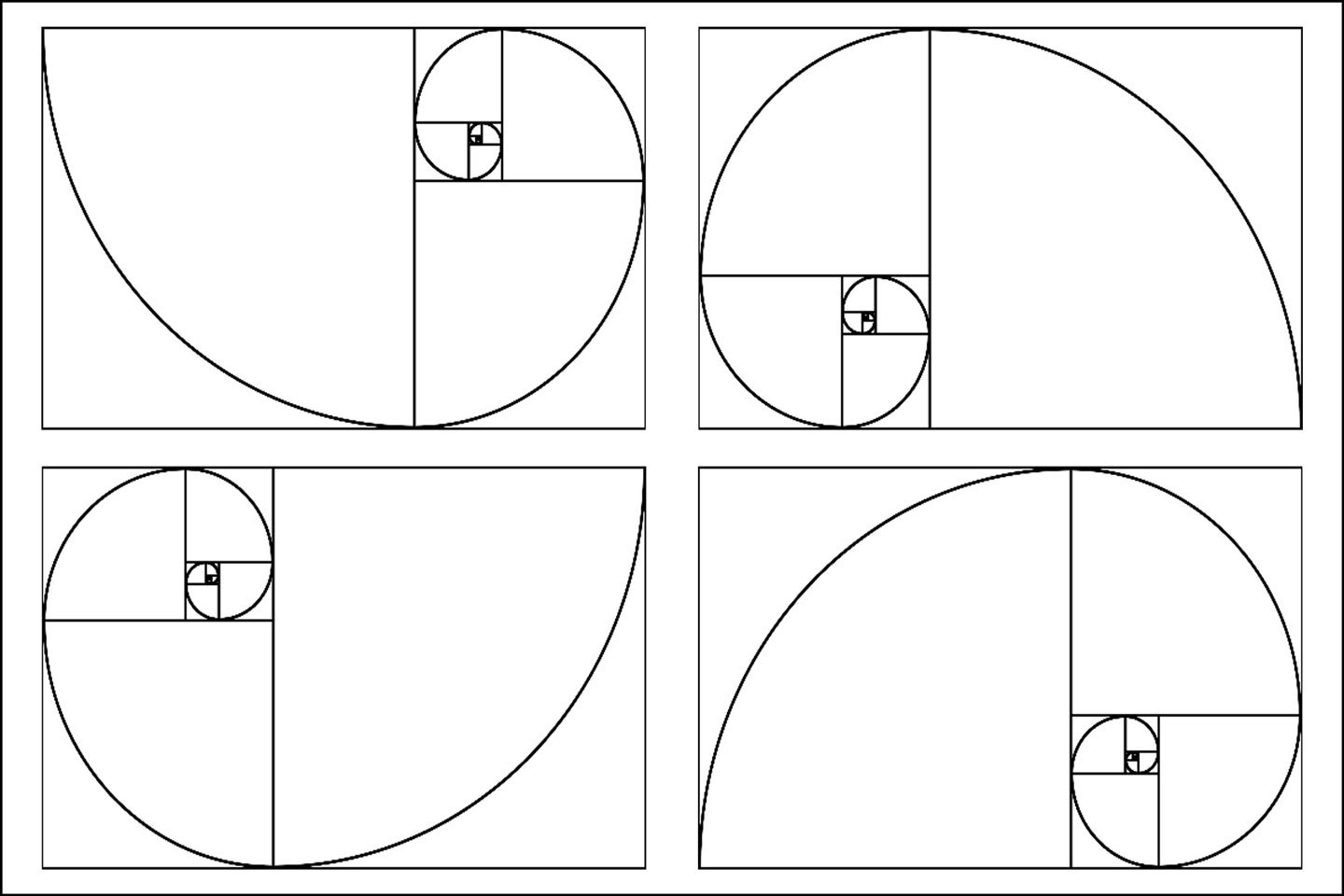
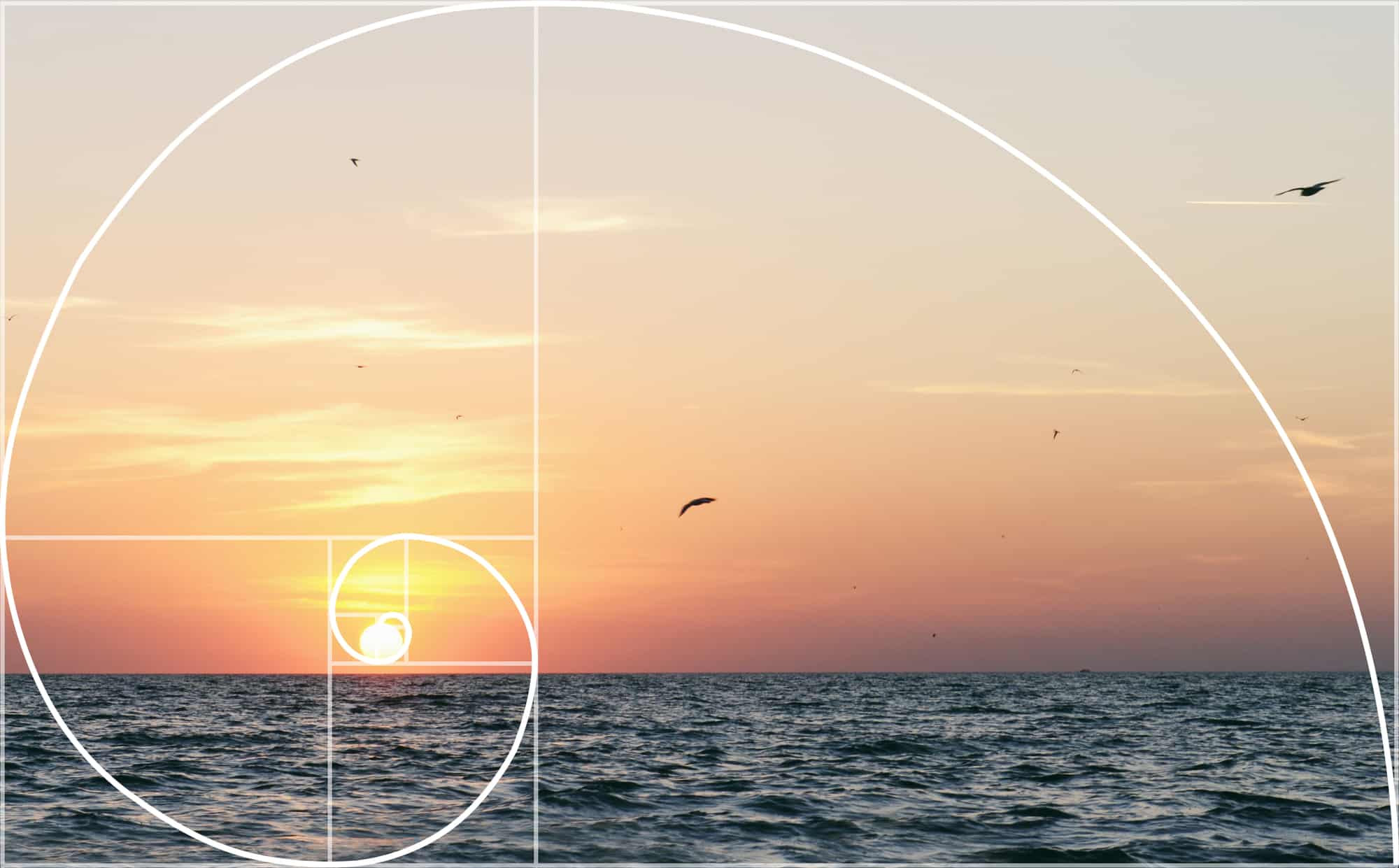
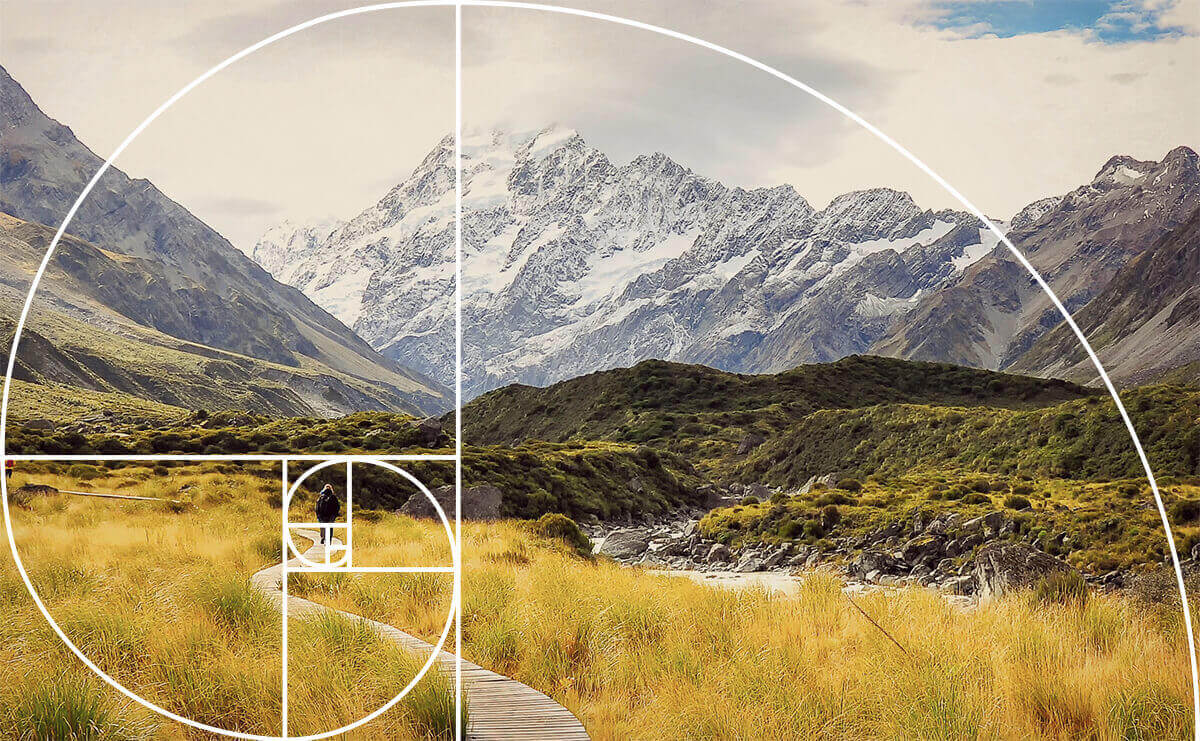
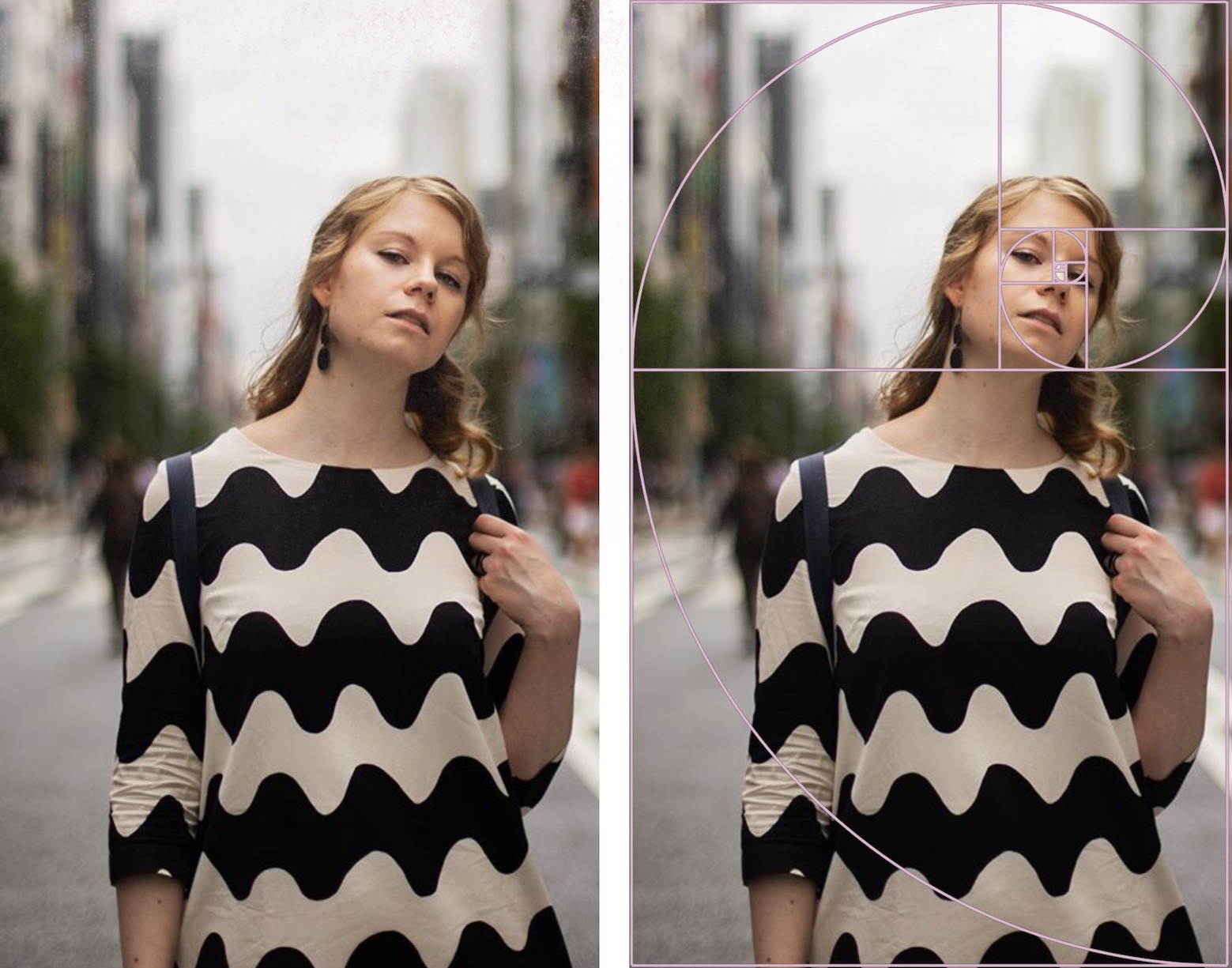
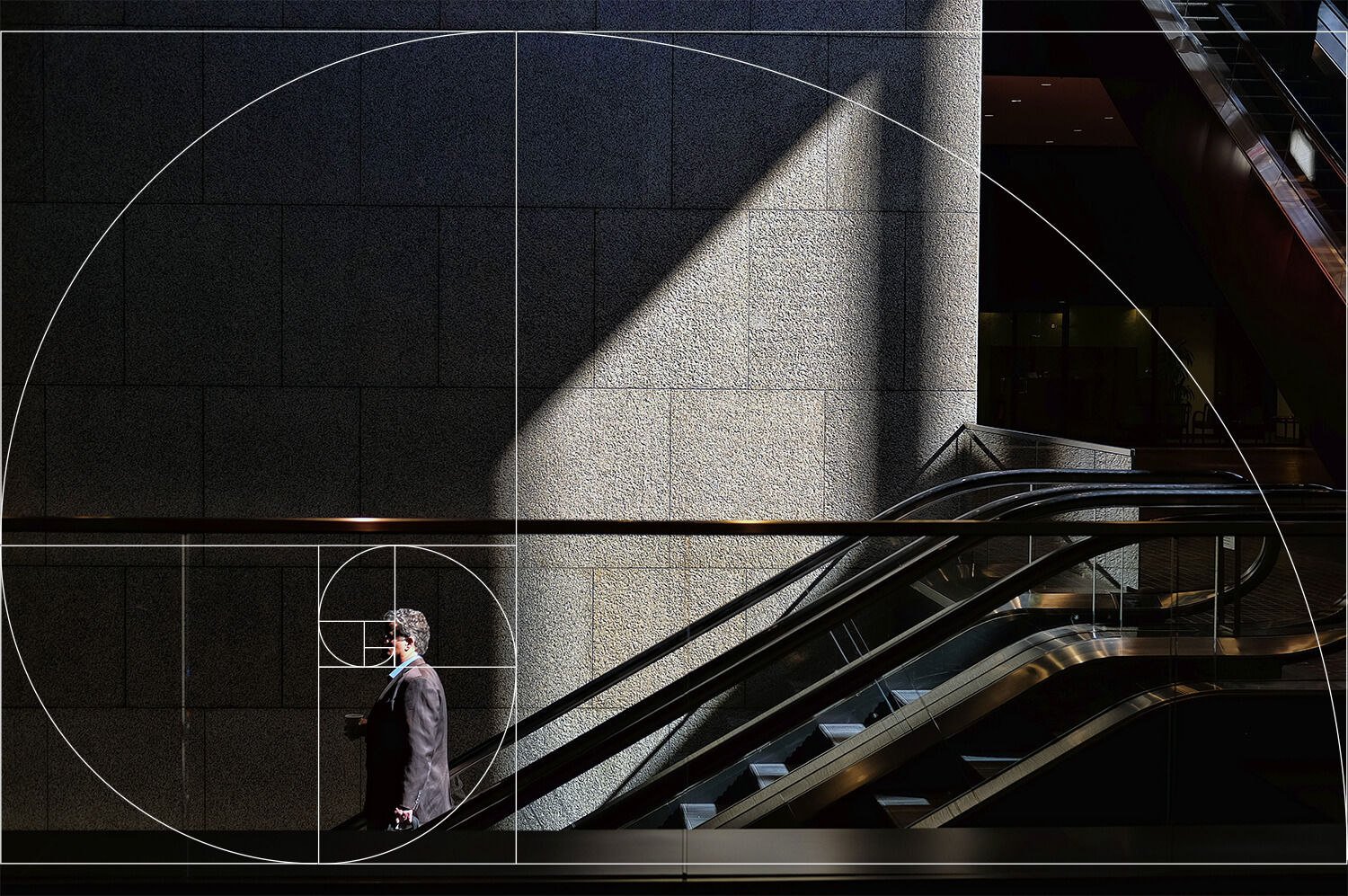
Negative Space
Negative Space: Negative space is the empty or open space around the main subject. It provides breathing room and can highlight the subject by contrast or minimalism. It helps create simplicity, focus, and emotional impact. SHOW CONTENTS
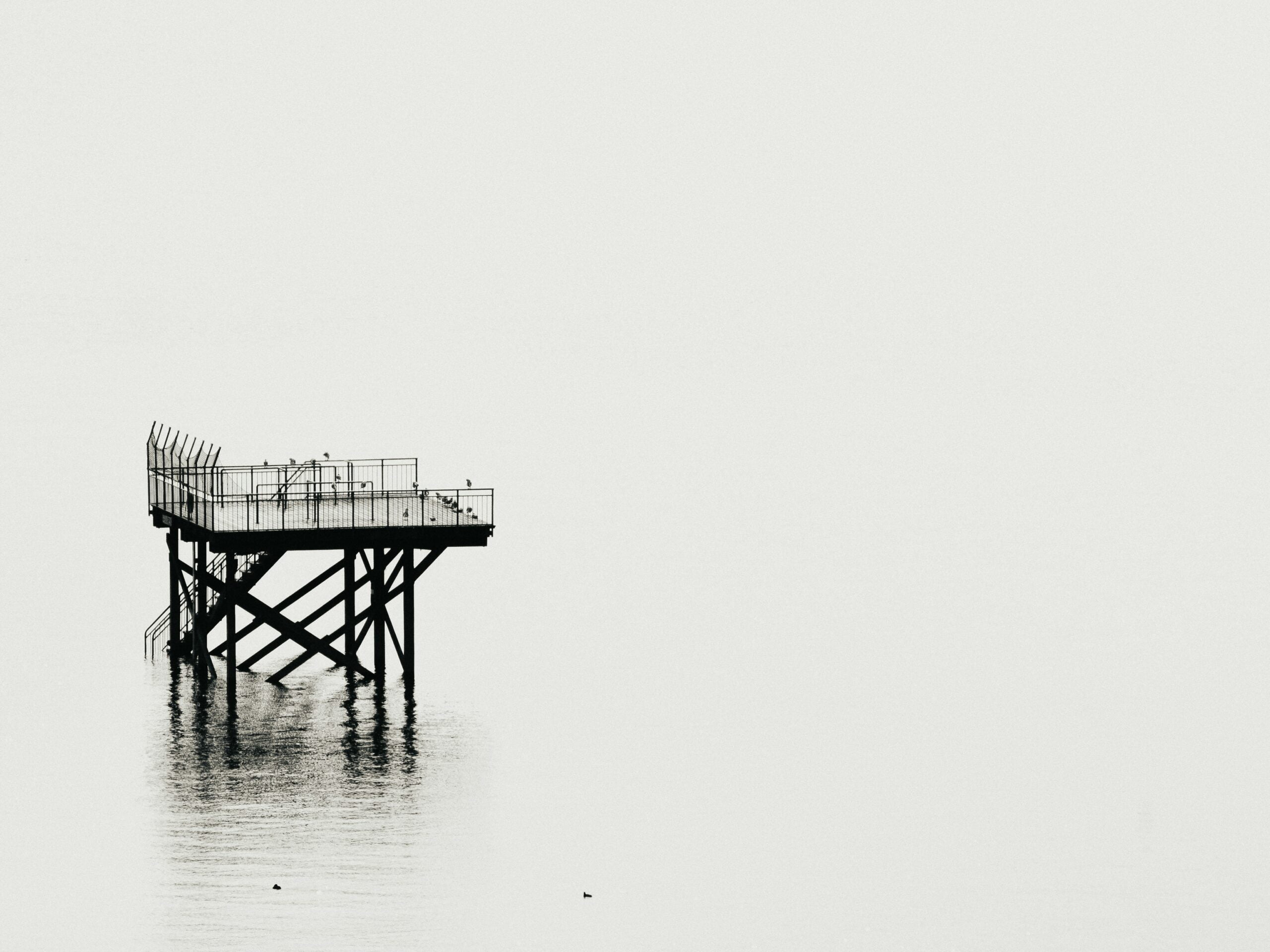
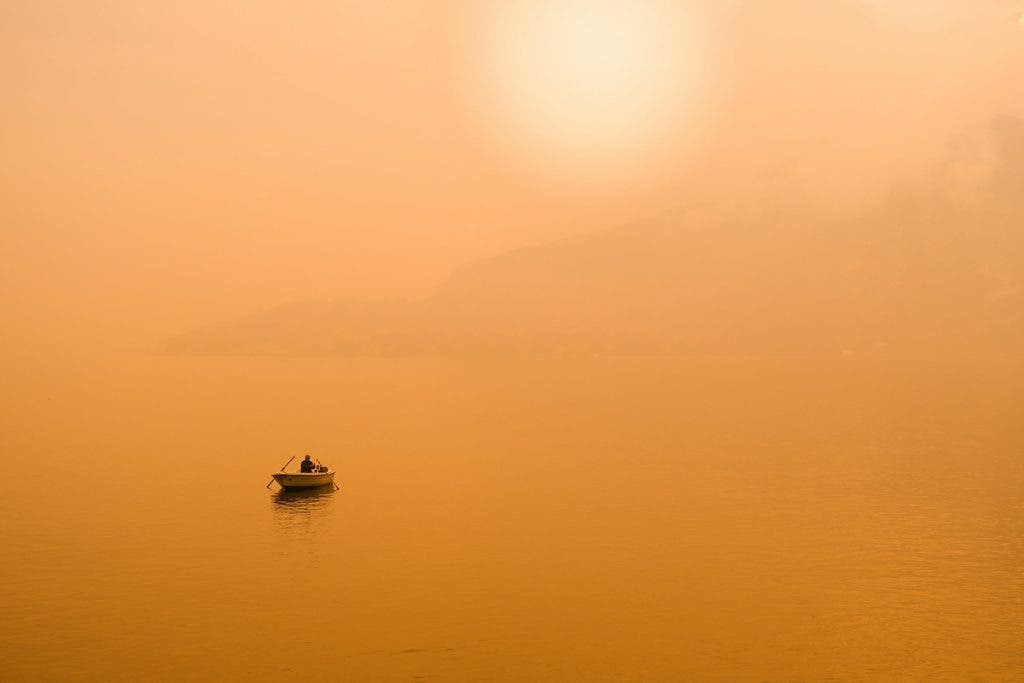

Leading Lines
Leading Lines: Leading lines are visual lines in a photo that guide the viewer’s eye toward a specific point—usually the subject. They can be straight or curved and are often formed by roads, rivers, fences, shadows, or architectural elements. SHOW CONTENTS
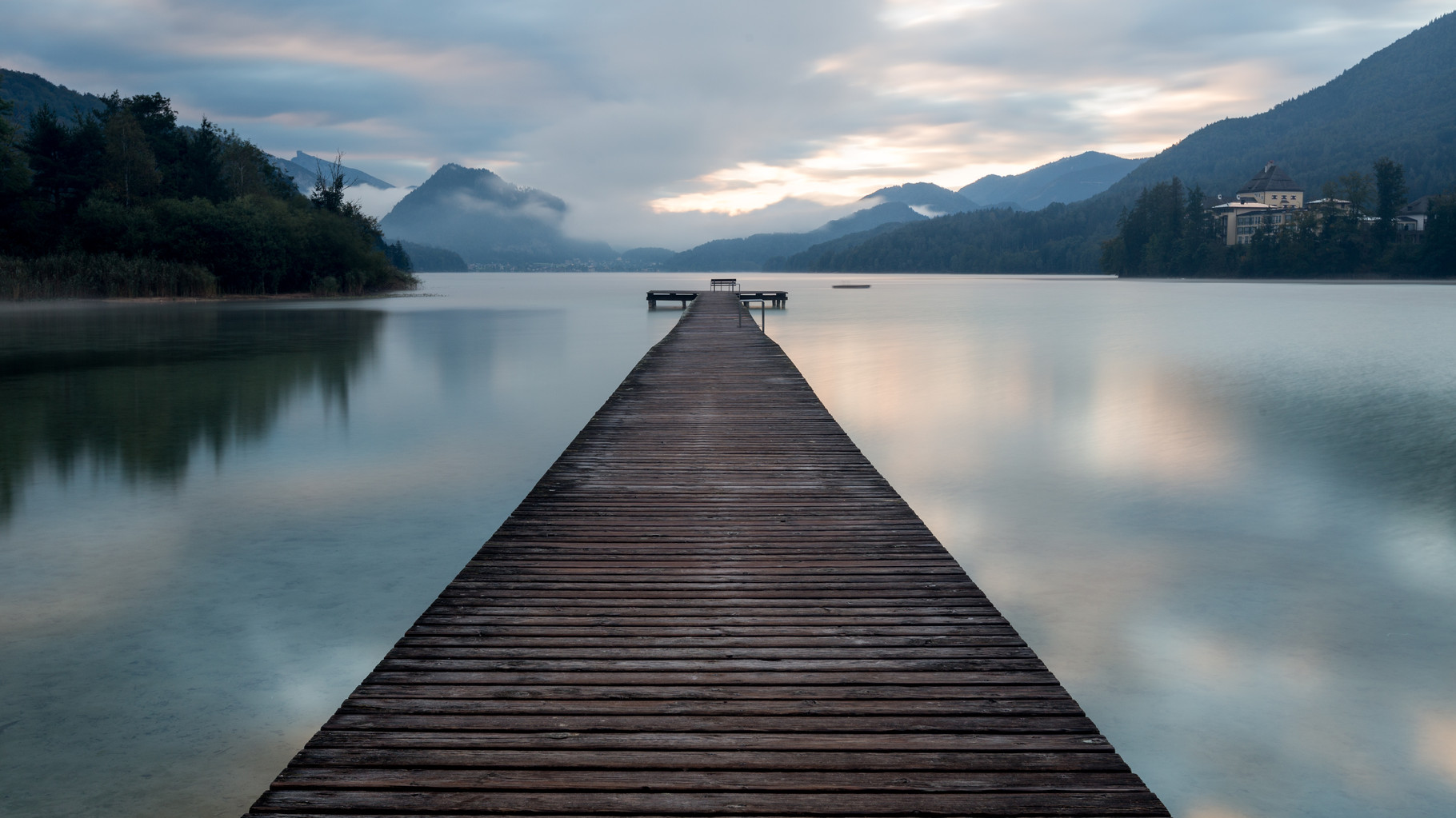

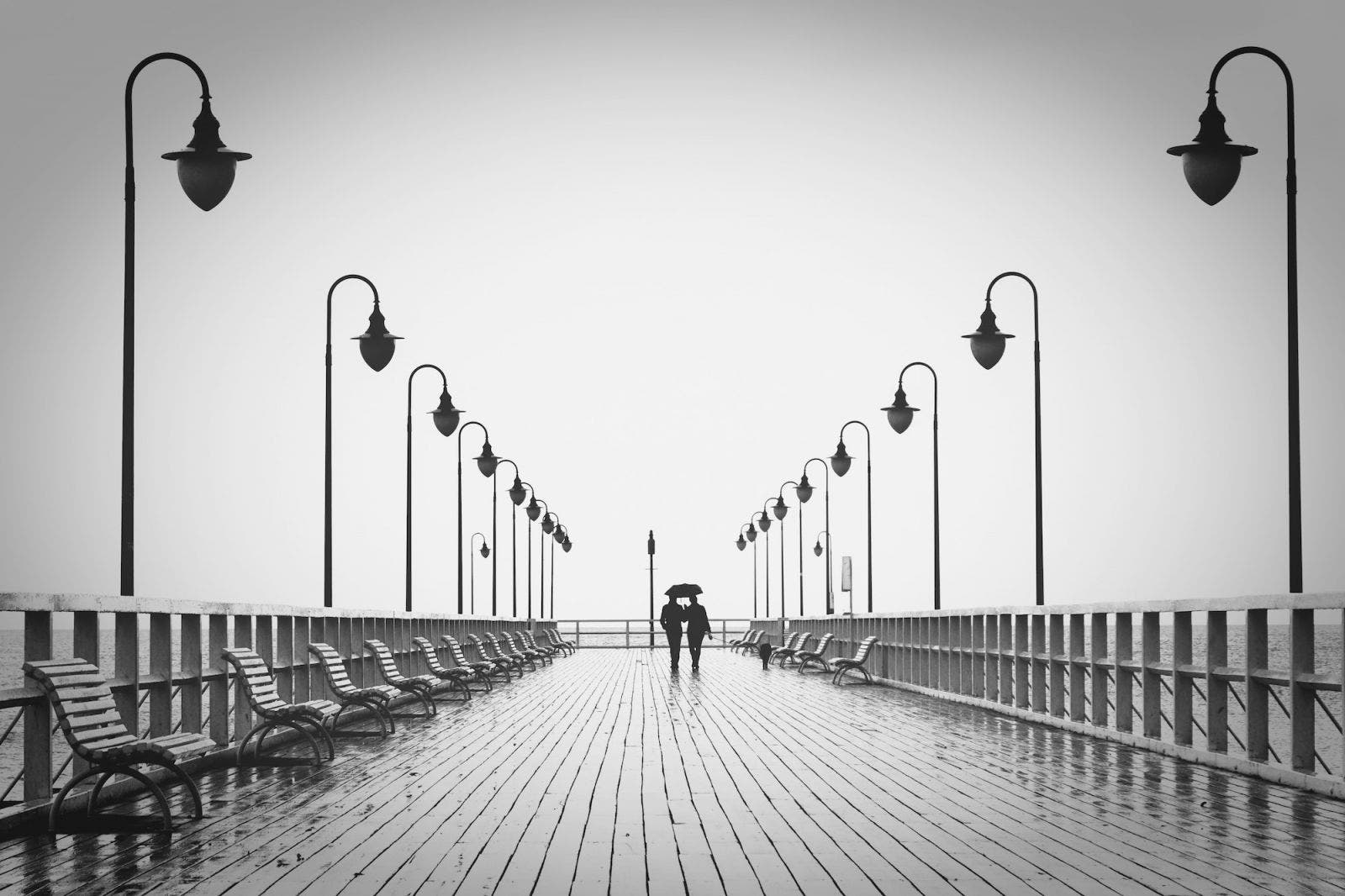
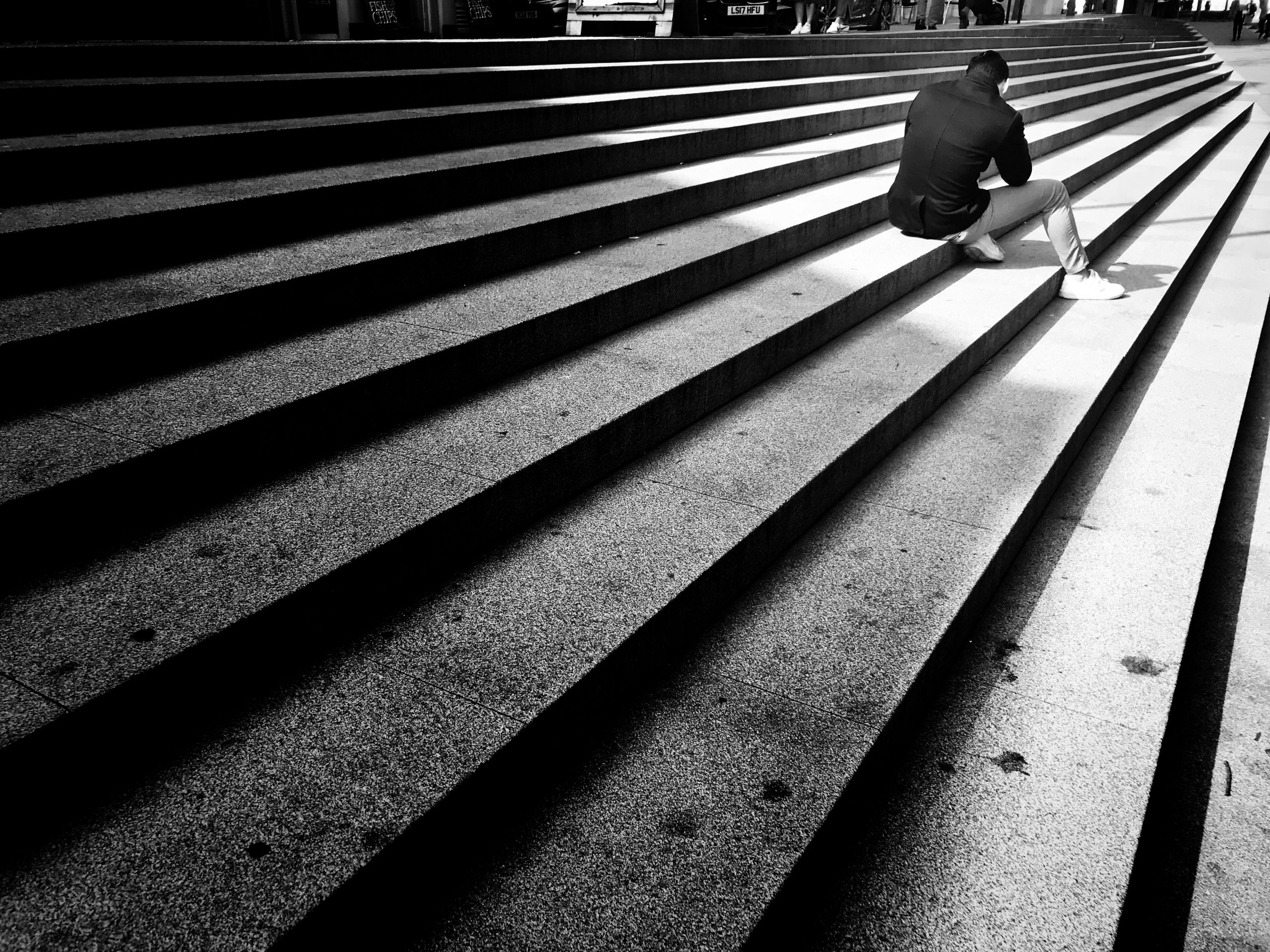
Balance & Symmatry
Balance in photography refers to how visual elements are distributed within the frame to create a sense of stability or harmony. A well-balanced photo feels neither too “heavy” on one side nor too cluttered or empty on the other. Symmetry is a type of balance where elements on both sides of an axis (vertical, horizontal, or radial) are the same or very similar. It creates a strong visual impact and often evokes a feeling of order, stability, or beauty. SHOW CONTENTS
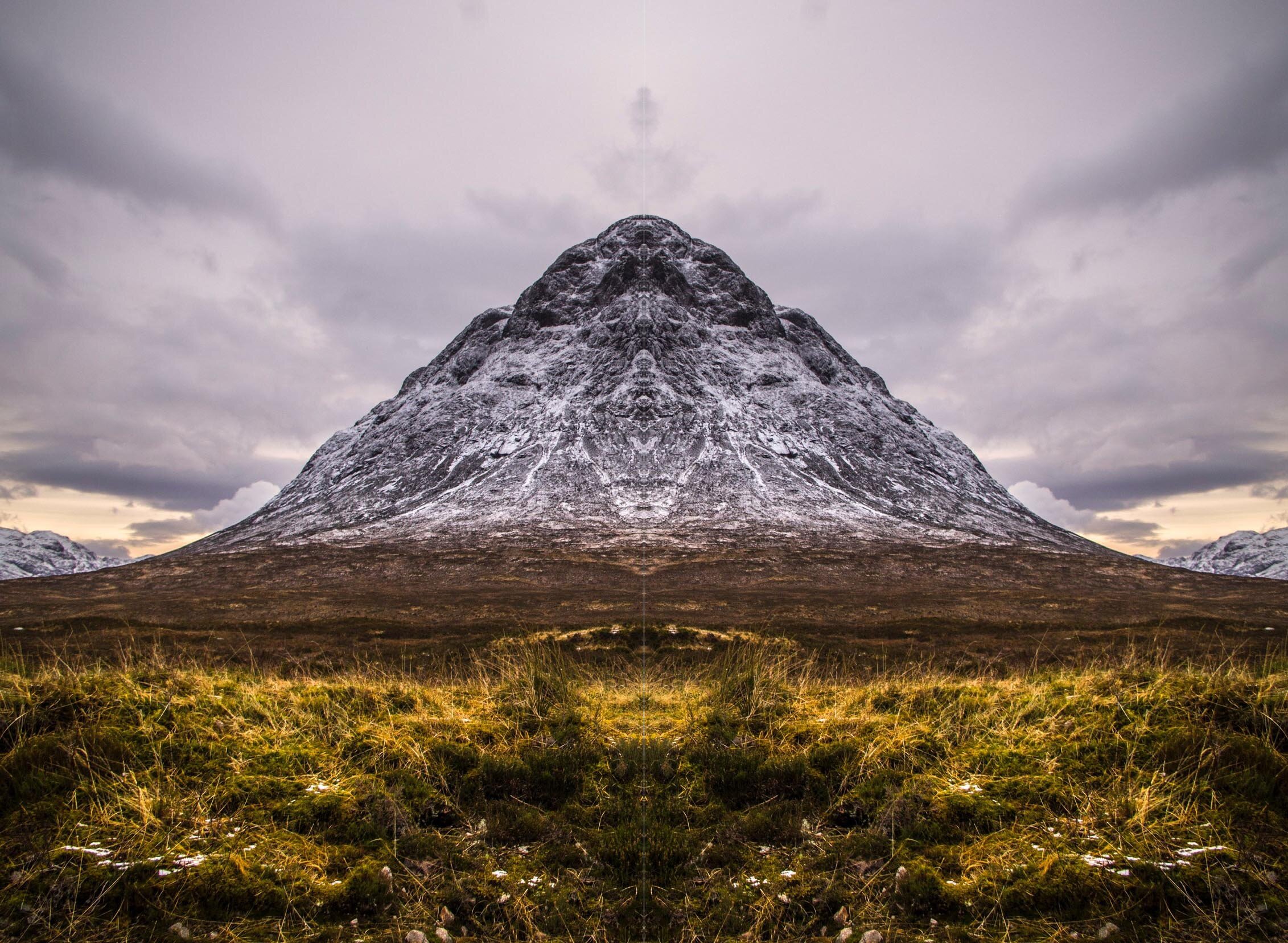


Perspective & Angle
Focal length is the distance (measured in millimeters) between the lens and the camera’s sensor when the subject is in focus. It significantly affects how much of the scene is captured and how subjects appear. Perspective refers to the spatial relationship between objects in a photo and how depth and distance are perceived. It plays a crucial role in creating a sense of three-dimensionality within a two-dimensional image. Angle refers to the position of the camera relative to the subject — whether you shoot from above, below, or at eye level, the angle impacts the photo’s emotional and visual effect. Common camera angles include:SHOW CONTENTS
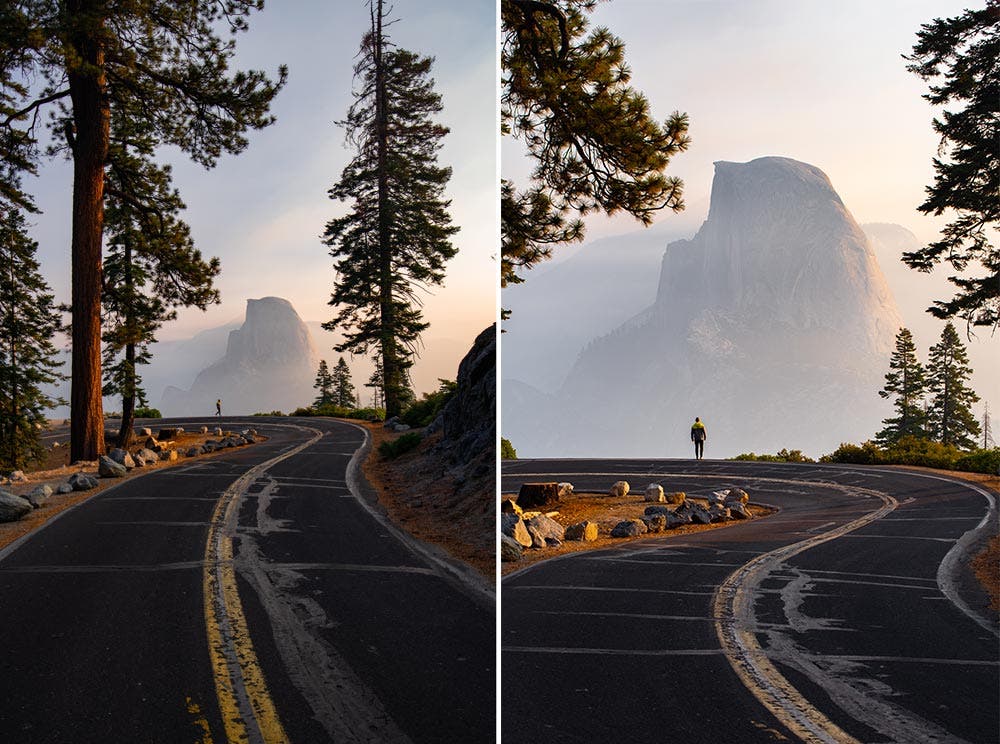
Backgrounds
In photography, the background is the part of the scene that appears behind the main subject. There are six common types of backgrounds:SHOW CONTENTS